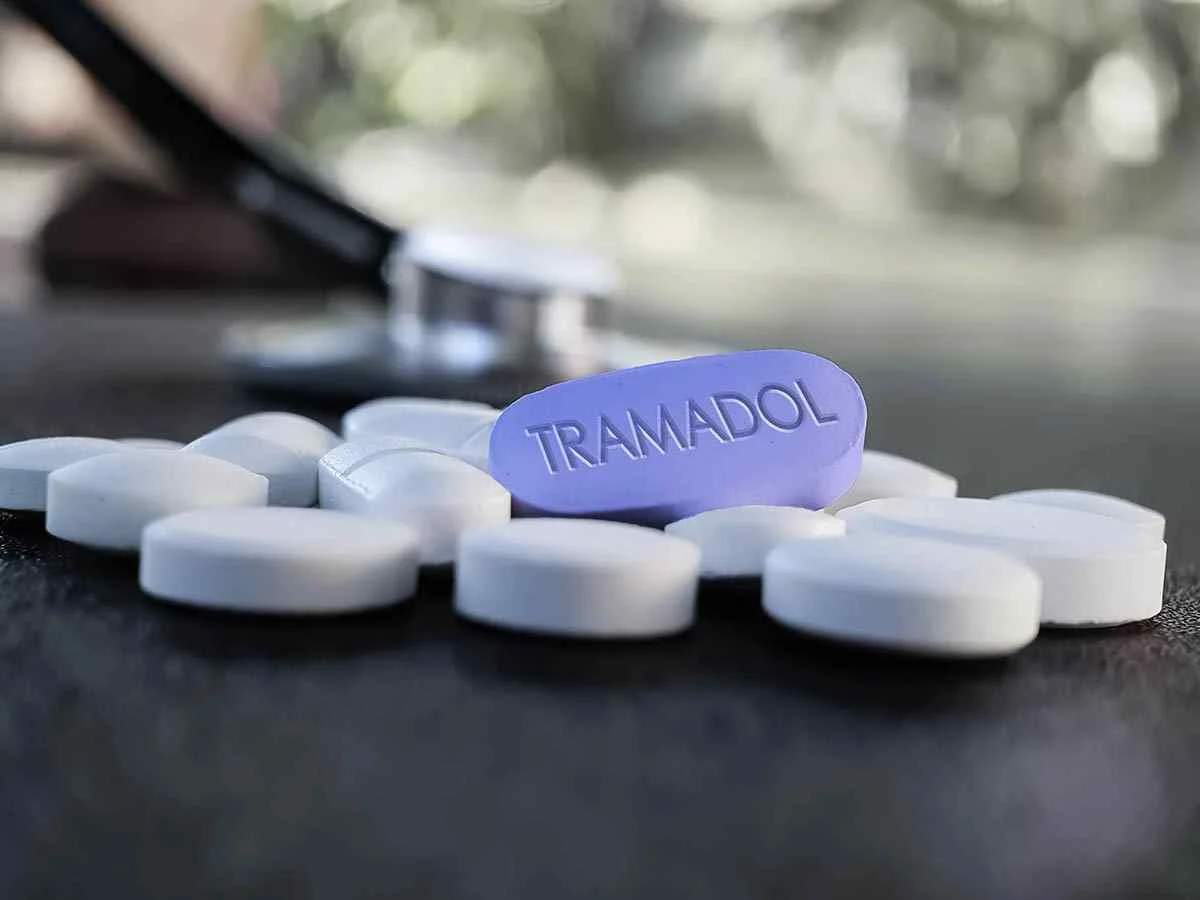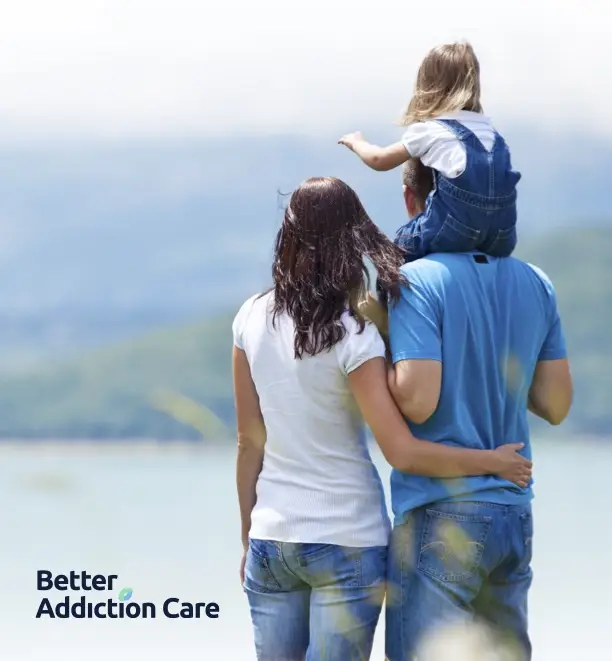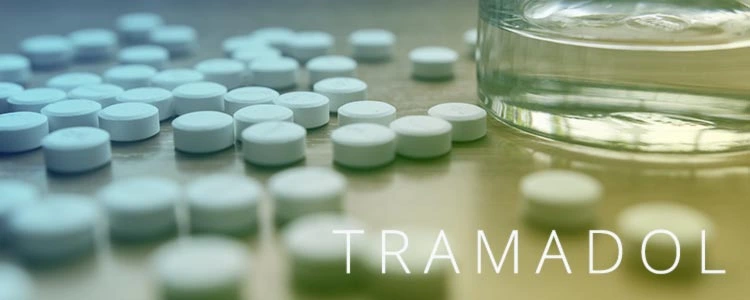Tramadol
Tramadol is an opioid painkiller prescribed for the management of moderate to severe pain.

Common brand names: ConZip, FusePaq Synapryn, Rybix ODT, Ryzolt, Ultram, Ultram ER
Tramadol is a weak opioid agonist with milder opioid effects than other prescription painkillers. It has about one-tenth the potency of morphine and is considered to have much lower abuse potential. However, many people still misuse tramadol for its euphoric and relaxing effects, and it’s possible to develop a dependence on or addiction to tramadol.
What is Tramadol Used For?
Tramadol is a prescription opioid used to treat moderate to severe acute pain, such as after surgery. The extended-release formulation may be used for individuals who need around-the-clock pain relief.
How Do People Abuse It?
Because tramadol has the potential for abuse, some people may misuse this opioid by:
- Taking more doses than prescribed
- Taking more frequent doses than prescribed
- Mixing tramadol with another substance, like alcohol
- Crushing and snorting it
- Dissolving it in water and injecting it
Tramadol Interactions
Tramadol may cause slowed or stopped breathing if used in combination with central nervous system (CNS) depressants, such as:
- Other opioids
- Alcohol
- Anesthetic agents
- Phenothiazines
- Tranquilizers
- Sleeping pills, like Ambien
- Anti-anxiety pills, like Xanax
Tramadol may also have a dangerous interaction with monoamine oxidase (MAO) inhibitors or selective serotonin reuptake inhibitors (SSRIs). Using one of these antidepressants with tramadol could increase your risk of experiencing a seizure or serotonin syndrome, a potentially fatal effect characterized by hallucinations, rapid heart rate, and fever.
Tramadol Side Effects
Tramadol may produce many side effects, including:
- Difficulty falling or staying asleep
- Nervousness
- Sleepiness
- Headache
- Tremors
- Muscle tightness
- Mood swings
- Indigestion or heartburn
- Dry mouth
Some dangerous and potentially even life-threatening side effects of tramadol may include:
- Seizures
- Difficulty breathing or swallowing
- Swelling of throat, tongue, lips, or face
- Agitation, confusion, or hallucinations
- Loss of consciousness
If you or someone else is experiencing severe side effects of tramadol, call 911 immediately.
Long-Term Effects of Tramadol
Chronic tramadol use and abuse can lead to some harmful long-term effects, on both your physical and mental health. Some potential long-term effects of tramadol include:
- Tramadol addiction
- Increased sensitivity to pain
- Constipation
- Sleep-disordered breathing
- Increased risk of heart attack and heart failure
- Increased risk of depression
- Sexual dysfunction
- Infertility
- Weak immune system
- Tolerance, which increases the risk of tramadol overdose
Tramadol Overdose
Although tramadol has a lower potency than other opioids like morphine, it’s still possible to overdose on it—especially if you’ve built up a tolerance and are using very high doses. Signs of a tramadol overdose include:
- Pinpoint pupils
- Cold, clammy skin
- Slow or shallow breathing
- Difficulty breathing
- Slowed heart rate
- Severe sleepiness or drowsiness
- Unresponsive
- Muscle weakness
In the event of a tramadol overdose, call 911 immediately. Administer naloxone (Narcan) if it’s available. Naloxone can reverse the life-threatening effects of an opioid overdose and restore breathing.
Signs of a Tramadol Addiction
Tramadol addiction is a chronic, relapsing condition in which you are unable to control your tramadol use despite negative consequences in your life. Signs that you or someone you know is addicted to tramadol include:
- Using higher or more frequent amounts of tramadol than originally planned
- Failing to cut down, control, or quit tramadol use, despite attempts to
- Using tramadol in dangerous situations, such as while driving
- Giving up previously enjoyed hobbies or activities in favor of tramadol use
- Continuing to use tramadol despite knowing that it is causing or worsening physical or psychological conditions
- Continuing to use tramadol despite it causing interpersonal or social problems
- Using tramadol impairs your ability to fulfill your important obligations at home, work, or school
- Experiencing strong cravings for tramadol
- Spending an inordinate amount of time obtaining and using tramadol, as well as recovering from its effects
- Needing higher doses of tramadol to feel the desired effects (tolerance)
- Experiencing tramadol withdrawal symptoms when you suddenly reduce or quit use
Withdrawal Symptoms
If you are dependent on tramadol, abruptly quitting will cause painful withdrawal symptoms to emerge. These tramadol withdrawal symptoms may include:
- Sweating
- Fever
- Chills
- Panic attacks
- Sleep disturbances
- Runny nose and tearing eyes
- Nausea and vomiting
- Diarrhea
- Uncontrollable shaking
- Hallucinations (rare)
Even if you use tramadol as prescribed, you may still develop a dependence on it. That’s because your body has adapted to the presence of opioid medication. Dependence doesn’t necessarily mean you’re addicted; it just means you need to talk to your doctor before trying to stop taking it on your own. Your doctor will create a tapering schedule for you. Conversely, if you abuse tramadol, you’re likely to develop a physiological dependence much more rapidly and your withdrawal symptoms will be much more severe.
Detox
Tramadol withdrawal can be painful and distressing, especially if you are going through it alone. A tramadol detox program can help manage your unpleasant withdrawal symptoms with opioid withdrawal medications and supportive care, such as IVs, vitamins, and symptomatic medications. A team of dedicated staff members will be available 24/7 in a medical detox facility to ensure your comfort and safety throughout this process.
Finding Treatment for Tramadol Addiction
If you are struggling with a tramadol addiction, professional treatment can help. A tramadol addiction treatment program can help you quit using tramadol and begin on the road to recovery. Rehab occurs in two main settings, including:
- Inpatient tramadol addiction treatment: The most intensive option, you live the center for the entire program, which may last anywhere from 30 to 90 days. You receive a combination of treatment methods, such as individual therapy, group counseling, family therapy, and drug education classes. These therapies teach you the coping skills, drug refusal skills, and impulse control strategies you need to stay sober long after you complete the program.
- Outpatient tramadol addiction treatment: You live at home while attending therapy and counseling at a treatment center. This option is less intensive than outpatient and grants you more freedom to continue working or attending school while recovering from tramadol abuse. If you have a milder addiction and have a strong support system at home, an outpatient rehab may be beneficial for you.
The good news is, most insurance plans provide some sort of coverage for addiction treatment services, such as inpatient and outpatient care. And even if you don’t have insurance, there are plenty of ways to finance your tramadol addiction treatment.
Give us a call at (800) 429-7690 to speak to a recovery support advisor. They will help verify your insurance and find a treatment program that’s right for you.
History of Tramadol
Tramadol was originally approved as a non-controlled pain reliever in 1995. But soon after its approval, there were reports of people misusing and abusing tramadol to get high. Subsequently, the Food and Drug Administration (FDA) revised its labels for tramadol to include warnings about its abuse and addiction potential.
Further, in 2014, tramadol was categorized as a controlled substance by the Drug Enforcement Administration (DEA). It is labeled as a Schedule IV controlled substance, which means it has potential for diversion, misuse, and addiction, but the risk is much lower than other opioids, such as Vicodin, Percocet, and OxyContin.
Resources
Related Articles
Treatment Centers in Ohio







